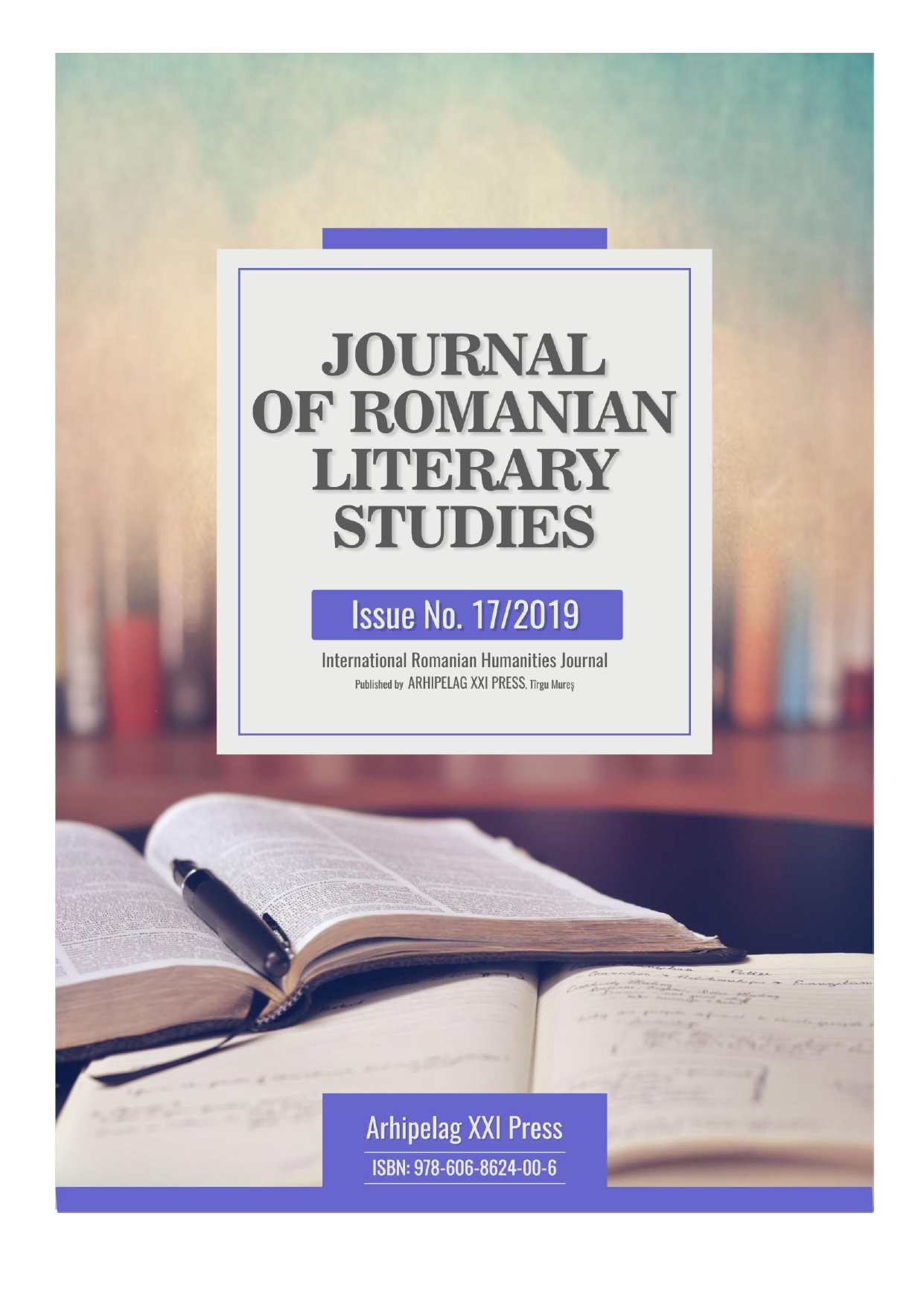VINTILĂ HORIA. SALVAREA DE OSTROGOȚI (PRIGONIȚI-L PE BOEȚIU)
VINTILĂ HORIA. SALVAREA DE OSTROGOȚI (PRIGONIȚI-L PE BOEȚIU)
Author(s): Mihaela Jurje (Tănasă)Subject(s): Novel, Romanian Literature, Philology, Theory of Literature
Published by: Editura Arhipelag XXI
Keywords: exile; transdisciplinarity; archetype; totalitarism; faith;
Summary/Abstract: The third novel of "Exile Trilogy", „Salvarea de ostrogoți” sau „Prigoniți-l pe Boețiu” is published in 1983 and translated into Romanian, ten years later in 1993. The novel, considered by the exegetes of the horian work, is the nucleus of the "Trilogy of exile", summing up the most eloquent, the conviction of the writer Vintilă Horia that literature is not an occupation, but it is a "technique of knowledge," a good ground for approaching various techniques of human knowledge such as physics, philosophy, psychology, theology, etc. The epic approach focuses on the exile experienced by Toma Singuran in Bărăgan, the author thus placing us, in a current reality of his time, Romania in the context of the communist regime, thus realizing a novel of the obsessive decade, different from everything has been written so far. Condemned to loneliness, Toma Singuran becomes the archetype of the inner exile, a human typology created by the totalitarian regime in Romania after the Second World War. On the whole, the novel reproduces the idea of victory through suffering. Exile thus becomes a space of knowledge through pain, sufferance, and all that involves separation. Also, as a decisive experience, with dramatic nostalgia, exile appears as a way of purification and initiation in the deep secrets of existence that are necessarily spiritual.
Journal: Journal of Romanian Literary Studies
- Issue Year: 2019
- Issue No: 17
- Page Range: 687-692
- Page Count: 6
- Language: English, Romanian

